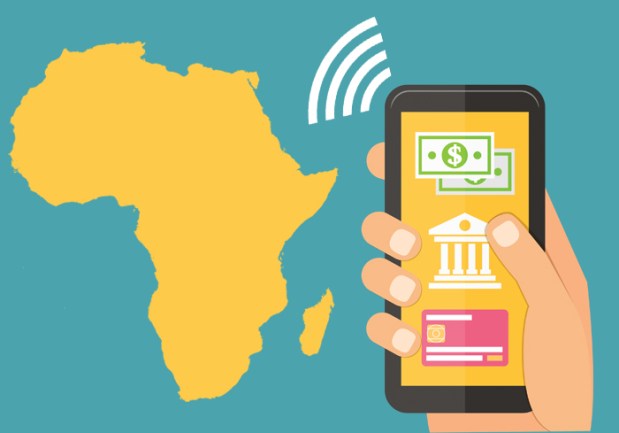Visa And Interswitch Partner To Speed Up Mobile Payments

Visa, the credit card company, and Interswitch, Africa’s integrated payments and transaction solutions company, announced news on Friday (June 30) that they will partner to accelerate mobile payments adoption across the region.
In a press release, the companies said the partnership will see Visa and Interswitch upgrade the digital banking applications of leading banks to include mVisa, as well as enable more merchants to accept mVisa payments.
Interswitch will work very closely with Visa in selected African markets across West and East Africa to develop a Merchant Management Platform to receive Original Credit Transactions (OCT) from Visa, as well as app-based merchant enrollment solutions, which enable minimum Static QR code functionality.
“We are excited by the prospects of mVisa for Nigeria as a mobile payment solution, which brings real benefits to drive digital transformation,” said Emezino Afiegbe, country manager for Visa West Africa. “Essentially, mVisa allows merchants to accept Visa payments without having to invest in costly point-of-sale hardware and thereby gives Nigerian consumers a reliable, secure and convenient mobile payment option.”
Visa’s mVisa is a mobile payments solution that allows consumers to pay for goods from any type of phone by either scanning a QR code or entering a merchant number. Payment goes straight from the consumer’s account into the merchant’s account and provides real-time notification to both parties. The digital payment solution is completely interoperable, meaning that the consumer and the merchant do not need to be customers of the same bank. It can also be used to enable consumers who use different mobile phones and services to interact.
The companies said in the press release that consumers will experience the same look, feel and familiarity of their banking app, but now they will have the option of making an mVisa payment in an easy-to-understand way. The solution is expected to be rolled out to Nigerian consumers before the end of 2017.
